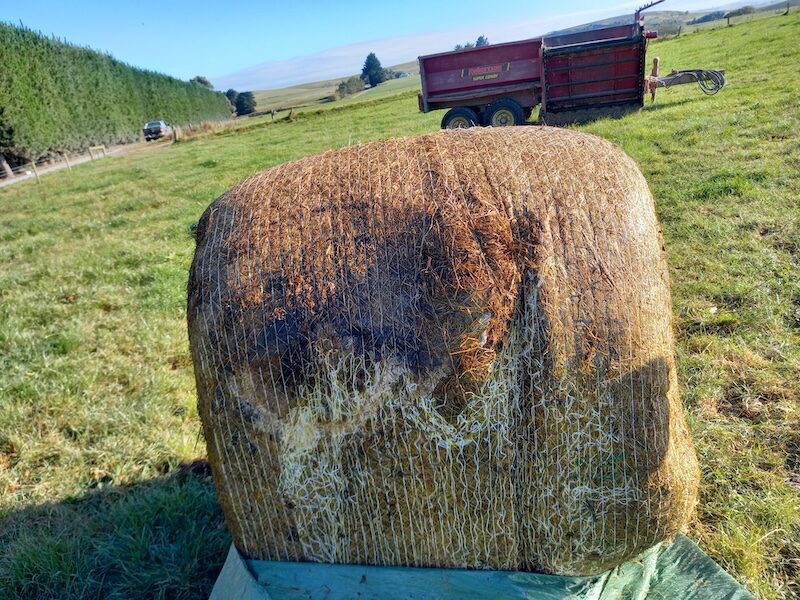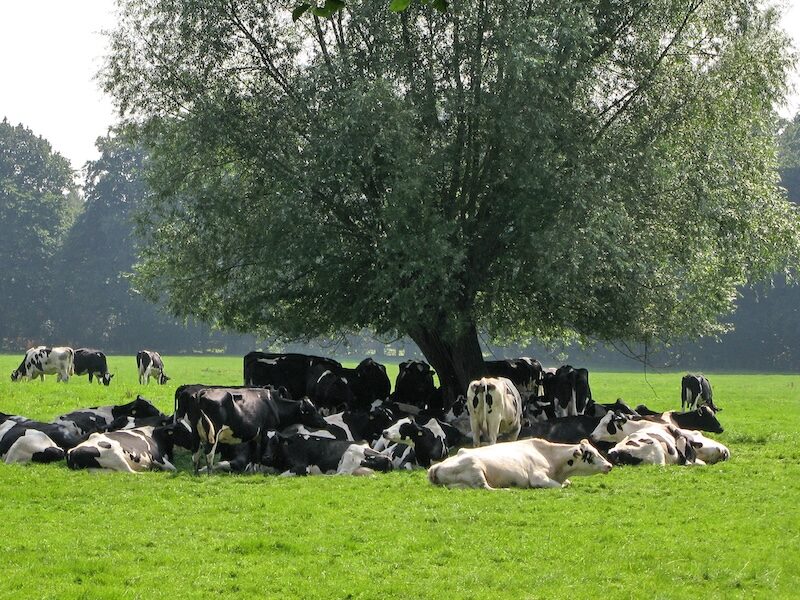Recognising the Symptoms:
Livestock exposed to mycotoxins may show:
- Temperamental behaviour (e.g. not walking easily to the shed, kicking off cups during milking
- Scouring – indication of poor gut health
- Increased somatic cell counts in milk
- Lameness and rough coat
- Liver damage
- Reduced reproductive performance and infertility
- Aflatoxin M1 contamination in milk
- Heat stress and reduced feed intake
- Reduced rumination minutes

Mouldy silage can be a source of mycotoxins
What You Can Do?
Avoid Mouldy Feed and Silage:
Feeding mouldy silage is one of the most common sources of mycotoxin exposure. Moulds can produce a range of harmful toxins that persist even after visible spoilage is removed. Always discard visibly mouldy feed and ensure silage is properly compacted, sealed and stored to prevent oxygen ingress and fungal growth. The use of silage inoculants (e.g., the MAGNIVA® range from Lallemand) and the use of oxygen barrier films (e.g., Silostop® Orange) can help prevent the formation of mould.

Use Mycotoxin Binders:
Nutritech’s Fusion® DYAD™ (an ACVM* registered product) is scientifically formulated to bind a wide spectrum of mycotoxins including aflatoxins, ergot alkaloids, zearalenone, fumonisins, and T-2 toxins. They also reduce ammonia levels, support immune function and improve gut health. See Fusion DYAD | Nutritech
Balance the Diet:
A well-balanced ration that enhances gut health and microbial activity can help detoxify mycotoxins naturally. The use of cow wearables that measure rumination is a good tool to evaluate changes in rumen health. Getting a Diet Check done by the Nutritech Area Manager team is also a good place to start.
Test Your Feed and Pasture:
Samples can be taken to analyse feed or pasture for mycotoxins to understand the risk, however these tests can be time consuming and expensive. These are best used to pinpoint where a toxin risk is coming from e.g. an aflatoxin test on your maize or wholecrop cereal silage and your grain so you can isolate the source. Regardless of the test results, the best insurance policy is to add a mycotoxin binder like Fusion DYAD™ during times of high risk, e.g. warm and humid weather conditions, or when feeding higher rates of silage.
Concerned about mycotoxin risk? Book a free consultation with your local Nutritech Area Manager (ABOUT | Nutritech)
0800 REMEDY (736 339)

